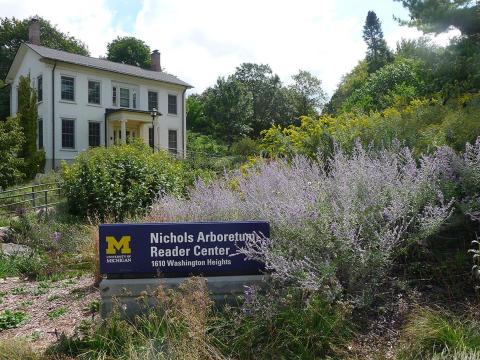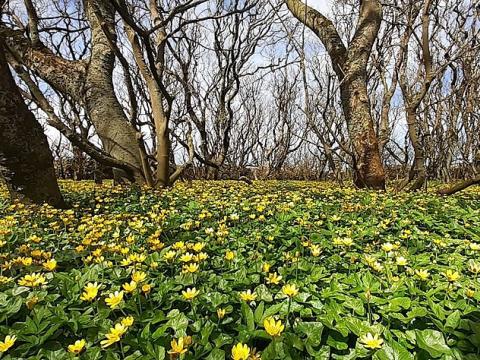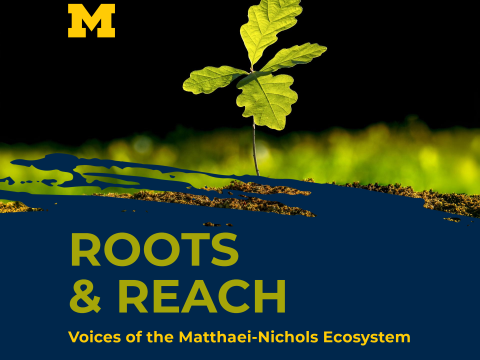
The emergence of early pollinators in spring signals the beginning of a crucial period for our ecosystem's health. Among the various initiatives aimed at supporting biodiversity, "No Mow May" stands out as a simple yet effective way to bolster pollinator populations and promote ecological resilience. This movement encourages homeowners to set aside their lawnmowers for the month of May, allowing native flowers to flourish and provide essential sustenance for pollinators.
In 2022, the city of Ann Arbor embraced the "No Mow Initiative," encouraging residents to embrace the beauty and importance of an untrimmed lawn. This decision not only nurtured local biodiversity but also served as an educational tool, highlighting the critical role that even the smallest actions can play in supporting pollinator health.
The concept behind "No Mow May" is simple yet profound: by refraining from mowing lawns throughout May, homeowners create a haven for early-emerging pollinators. During this pivotal time, pollinators seek out pollen and nectar to sustain themselves and their offspring. By allowing flowering plants to thrive alongside traditional grasses, individuals contribute to the creation of vital wildlife habitats within their own yards.
However, the impact of "No Mow May" doesn't end with the passing of the month. To truly support pollinators, it's essential to extend these behaviors beyond May and implement long-term strategies for ecological stewardship. To further support pollinator habitats and promote biodiversity, there are several practical steps people can take in their yards:
- Create Diverse Plantings: Incorporate pollinator-friendly native plants into gardens, ensuring a continuous bloom from early spring to late fall.
- Reduce Lawn Area: Convert portions of traditional lawns into native plant gardens or wildflower meadows, providing additional resources for pollinators.
- Practice Judicious Mowing: If maintaining a traditional lawn, mow less frequently and at a higher cut to allow low-growing flowers to thrive between cuttings.
- Avoid Broadleaf Herbicides: Refrain from using herbicides that target flowering plants, opting for natural alternatives or manual weed removal methods.
- Embrace "Functional Weeds": Recognize the value of so-called weeds like clover and dandelions, which serve as vital early nectar sources for pollinators.
- Support Pollinator Habitats: Preserve dead tree snags, leaf litter, and provide nesting sites for solitary bees to create diverse habitats.
By adopting these practices, individuals contribute to the well-being of pollinators and promote a healthier, more sustainable environment. Moreover, these efforts serve as a testament to the interconnectedness of all living beings and the profound impact that individual actions can have on the larger ecosystem.
While "No Mow May" serves as an excellent starting point for pollinator conservation, it's essential to recognize that lasting change requires ongoing commitment and action. By embracing a holistic approach to lawn care and habitat management, individuals can play a vital role in safeguarding pollinator populations for generations to come.


